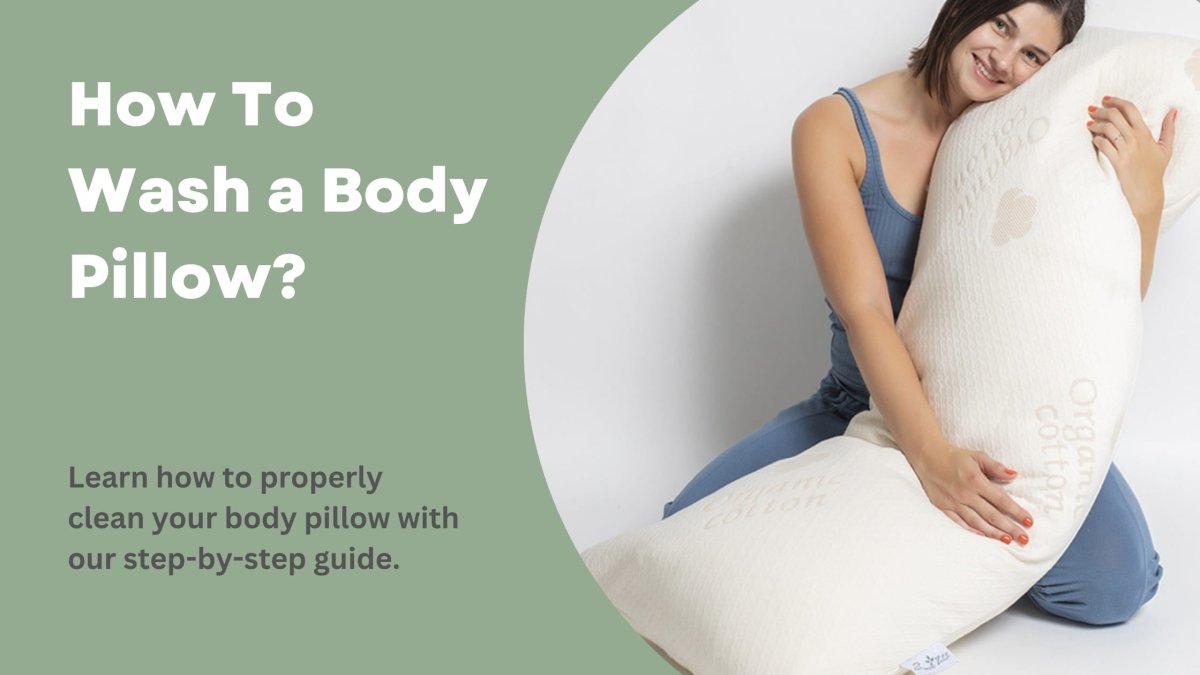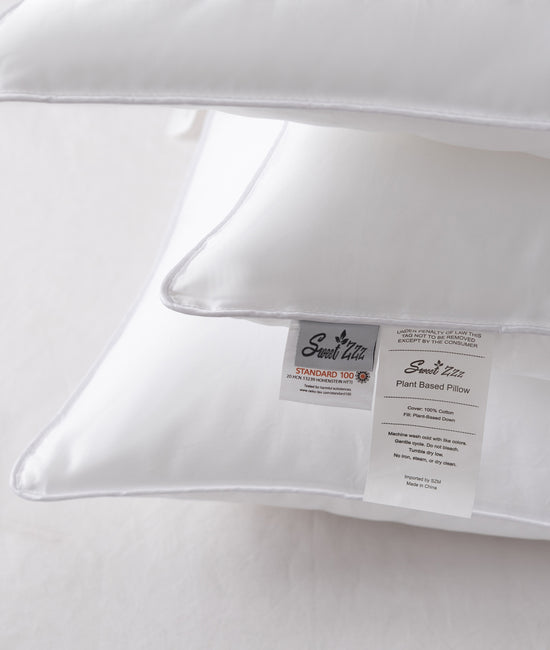How to Wash a Pillow: A Comprehensive Guide
How to Wash a Pillow: A Comprehensive Guide
A clean and comfortable pillow is essential for a good night's sleep. Over time, pillows can accumulate dirt, dust mites, and allergens, which can interfere with your comfort and health. While many people wash their pillowcases regularly, they may not know how to properly wash the actual pillow. In this article, we'll walk you through a step-by-step process for washing various types of pillows, and discuss which ones should not be washed.
Please note that memory foam pillows should not be washed, as they can be easily damaged when wet. Instead, spot clean these pillows with a damp cloth and mild detergent, and allow them to air dry.
Step 1: Read the Care Label
Before washing your pillow, check the care label for any specific washing instructions. Some pillows require specific cleaning methods or detergents. Always follow the manufacturer's recommendations to ensure the longevity of your pillow.
Step 2: Remove the Pillowcase
Take off the pillowcase and any additional protective covers. Wash these separately according to their care labels.
Step 3: Inspect the Pillow for Damage
Examine the pillow for any rips, tears, or other damage. If you find any, it's best to repair the damage before washing to prevent further deterioration.
Step 4: Pre-Treat Stains
If your pillow has visible stains, pre-treat them with a stain remover or a small amount of mild detergent. Gently rub the stain remover into the fabric and let it sit for a few minutes before washing.
Step 5: Washing the Pillow
Depending on the type of pillow you have, follow the appropriate washing method:
A. Synthetic or Polyester Pillows:
- Place two pillows in the washing machine to balance the load.
- Use a gentle cycle with warm water and a small amount of mild detergent.
- Run an extra rinse cycle to ensure all detergent is removed.
B. Down or Feather Pillows:
- Place the pillows in a large mesh laundry bag or pillowcase to protect them during washing.
- Use a front-loading washing machine, as top-loaders with agitators can damage delicate pillows.
- Select a gentle cycle with cold water and a small amount of mild detergent.
- Run an extra rinse cycle to remove any lingering detergent.
C. Latex Pillows & Memory Foam Pillows:
- Latex pillows should not be machine washed. Instead, hand wash them in a large sink or bathtub using cold water and mild detergent.
- Gently squeeze the pillow to remove dirt and debris, avoiding twisting or wringing the pillow.
- Rinse thoroughly with cold water until all detergent is removed.
Step 6: Drying the Pillow
Properly drying your pillow is crucial to prevent mold and mildew growth. Follow these guidelines for each pillow type:
A. Synthetic or Polyester Pillows:
- Tumble dry on low heat with dryer balls or clean tennis balls to help fluff the pillows.
- Check the pillows every 30 minutes to ensure even drying and fluff as needed.
B. Down or Feather Pillows:
- Tumble dry on low heat with dryer balls or clean tennis balls to redistribute the filling.
- Check the pillows every 30 minutes, fluffing and rotating them to ensure even drying.
- It may take several hours for down or feather pillows to dry completely.
C. Latex Pillows:
- Gently press the pillow between clean towels to remove excess water.
- Lay the pillow flat to dry in a well-ventilated area, away from direct sunlight.
- Flip the pillow occasionally to ensure even drying.
Conclusion
Washing your pillow can help prolong its lifespan and improve your sleep quality. By following these detailed steps, you can safely clean your pillows and ensure a healthier sleeping environment.







